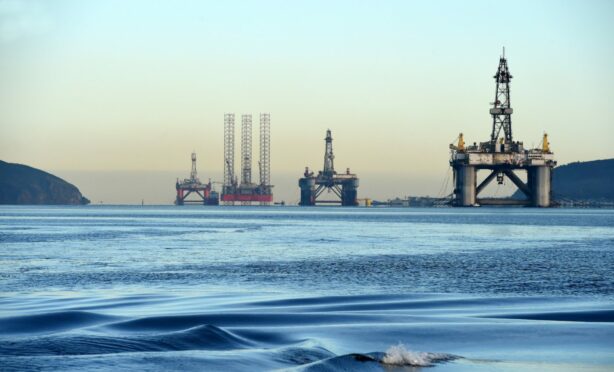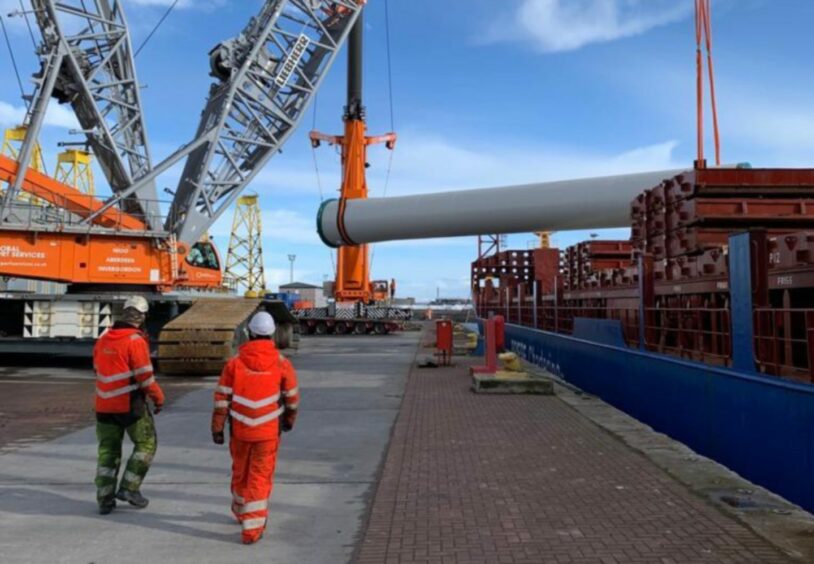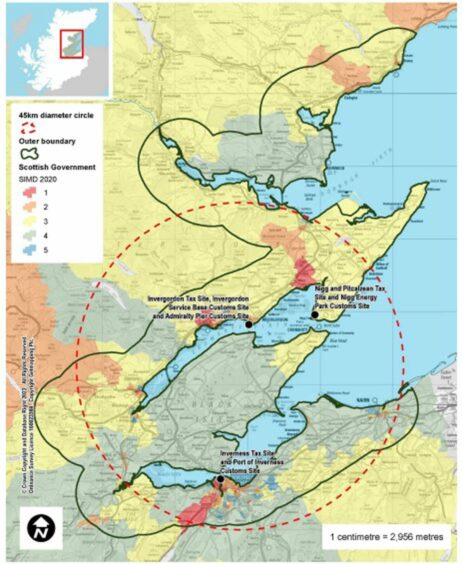A new report from Highland Council sets out the scale of opportunity now that Port of Cromarty Firth has won its bid for green freeport status.
By now, the much-touted figures are pretty familiar: up to £2 billion of inward investment and 25,000 jobs.
What’s less well understood is exactly how we get there. What does green freeport mean to people living around the Inner Moray Firth?
We’ve unpacked some of the highlights from a new report which will go before Highland councillors this week.
What’s a green freeport anyway?
Simply, they’re intended as an economic shot in the arm for shipping ports or airports. They offer a range of tax reliefs and financial incentives to generate business growth, benefiting the wider region.
In the case of the Highlands, partners hope the Cromarty Firth area will become a major global hub for green energy. The council says it will “maximise the opportunity from the multi-billion-pound, 50 year pipeline of offshore wind development”.
Specifically, it will act as a catalyst away from oil and gas, towards a world-leading renewable energy cluster and hydrogen network.
Crucially, the extra income from tax relief and business rates unlocks huge funding potential. Highland Council says it could trigger £2.6 billion of inward investment overall, including £25 million UK government seed funding.
The deal allows the council to keep the income from non-domestic rates above an agreed baseline for 25 years. In turn, that means they can invest the income across a range of projects.
Which areas will benefit?
The green freeport deal centres on the Port of Cromarty Firth but also includes other ports, business hubs and population bases within a 28-mile radius.
These include:
- Invergordon – Invergordon Service Base (CFPA), railway sidings, Admiralty Pier, Saltburn Pier and Cromarty Firth Industrial Park
- Nigg – the area including Nigg Energy Park and Pitcalzean Farm
- Inverness – sites including the Port of Inverness, Longman Former Landfill and Inverness Campus
Recognising the wider area of benefit, the council report says the Opportunity Cromarty Firth brand will be updated to include Inverness and Cromarty Firth Green Freeport. The official name is still to be decided.
Whatever it’s called, the freeport could transform local communities. Those within the zone will see a range of opportunities, and challenges too.
Highland Council says the freeport could reverse population decline, bringing in more working age people and stemming the ‘brain drain’ south.
It expects to see 15,000 direct jobs and 10,000 indirect jobs. This will in turn put pressure on the local infrastructure, housing, schools, services and connectivity. That’s where the council’s extra money comes into play.
Highland Council plans to ramp up progress on plans for Easter Ross, the Inverness strategy project and climate action towns in Alness and Invergordon.
Powerhouse training and skills development
Sounds good on paper, but a cynic might ask how many of these jobs will be local.
The council paper states that all Opportunity Cromarty Firth employers have already agreed to donate any savings from the employer’s national insurance contributions towards a skills fund to develop local talent. And they have all committed to paying the Living Wage.
The new freeport will also see the creation of a new research and training centre named The Powerhouse.
Highland Council will be the ‘accountable body’ for the whole project, and expects to spend one to two years on the set-up phase.
That set-up phase will include a big exercise in communications and engagement. The council says all partners need to take a collaborative approach to reach out to local communities.
Councillors will consider the update paper at a special meeting of the full Highland Council tomorrow, 9 March.
Are you interested in more exclusive and breaking Highland and Islands news from the P&J? If so, why not join our dedicated Facebook page HERE



Conversation